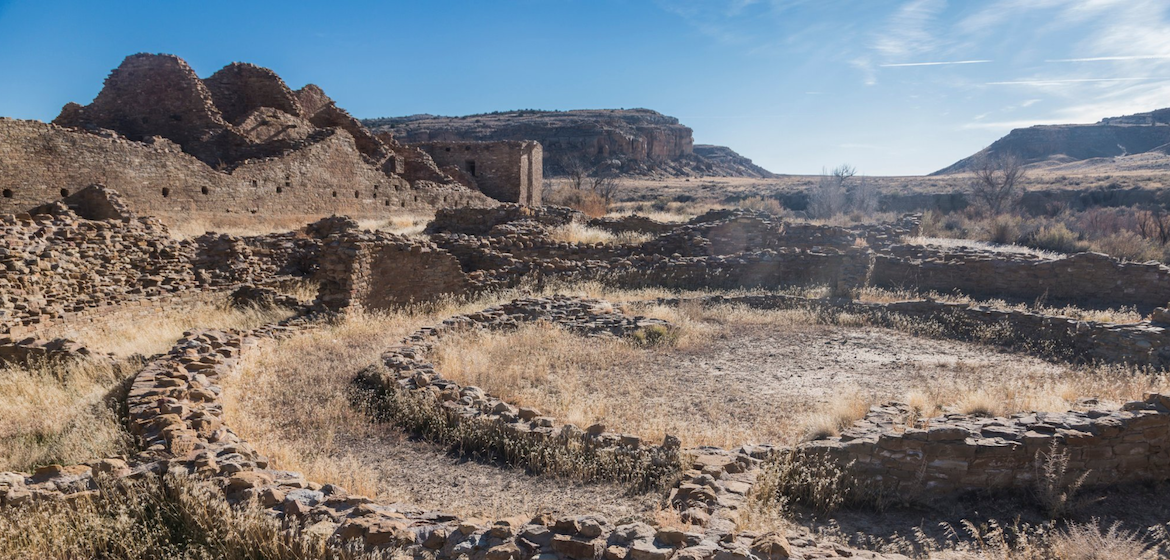“Santa Fe, N.M. — In the remote high desert of northwestern New Mexico lie the threatened ruins of Chaco Canyon, arguably the most significant cultural site on public land in the United States. The canyon and the surrounding region contain the remnants of great houses, kivas, ancient roads and sacred places built a millennium ago by an indigenous people who became proficient in architecture, agriculture, astronomy and the arts. Everything we know about them comes from these ruins and the artifacts they left behind, but it appears now that much of it could be at risk from the Trump administration’s unseemly haste in allowing oil and gas drilling nearby.
The National Congress of American Indians, the oldest and largest organization of American Indian governments, recently issued a strong appeal for an immediate moratorium on all leasing and drilling until the bureaus of land management and Indian affairs “initiate and complete an ethnographic study of the cultural landscapes of the Greater Chaco Region.” Chaco Canyon has great importance for all Americans, but because of ties of history, ancestry and geography, it has a very special meaning to the native peoples who view it as sacrosanct.
Chaco Canyon is a world heritage site constructed over a period of 300 years by a highly developed civilization that most likely had celestial and other knowledge that has been lost to us. We can only hope that these mysteries remain in the Greater Chaco Region waiting to be revealed, if, that is, this special place is not otherwise disturbed. Mr. Zinke can remove the immediate threat to its integrity by ordering a ban on drilling anywhere within the region that has not been properly surveyed for cultural resources. He can also come to Chaco and see for himself one of America’s unique treasures, of which he is now the chief steward.”
Please continue reading at article source.
Article Source:



